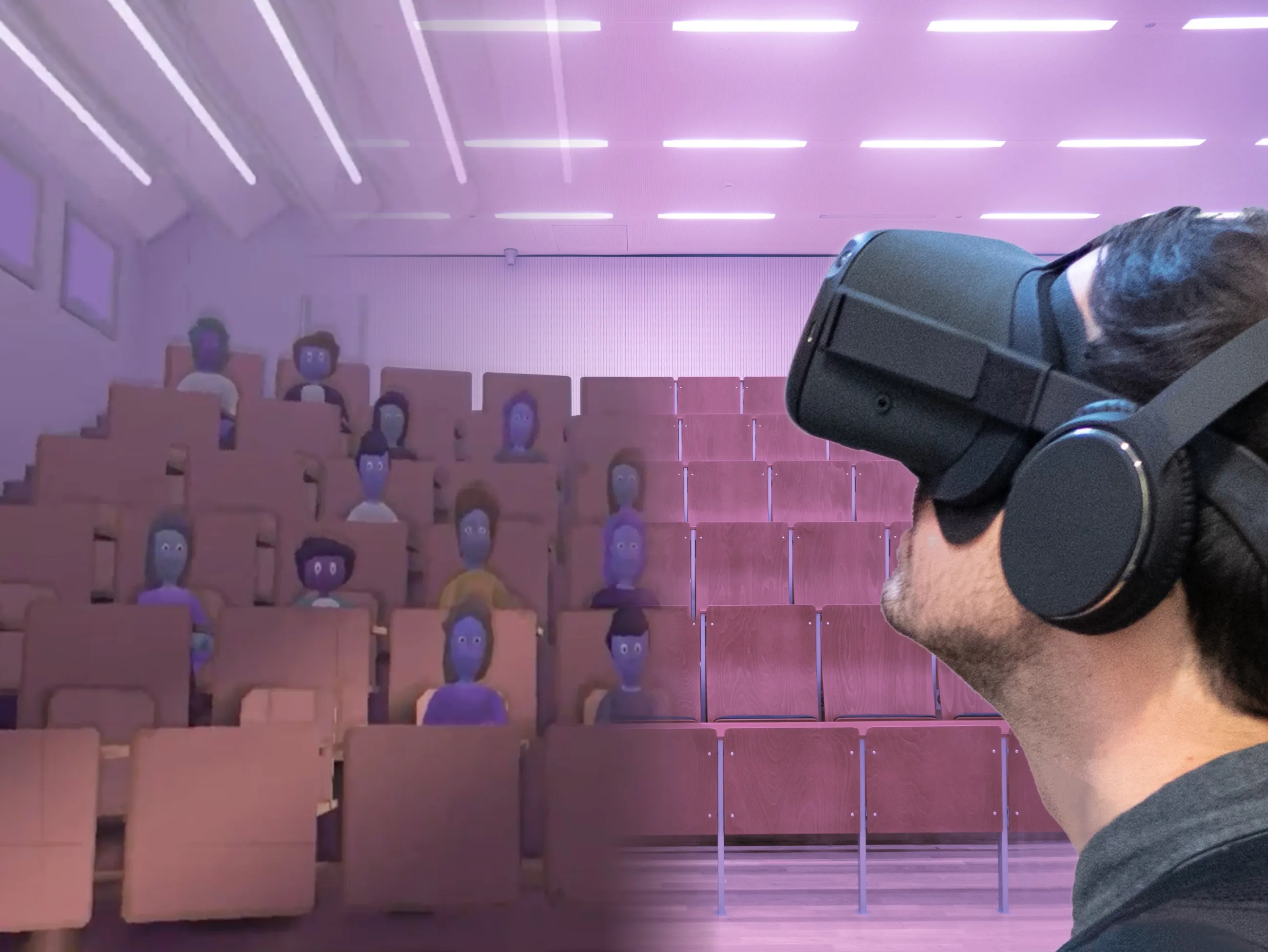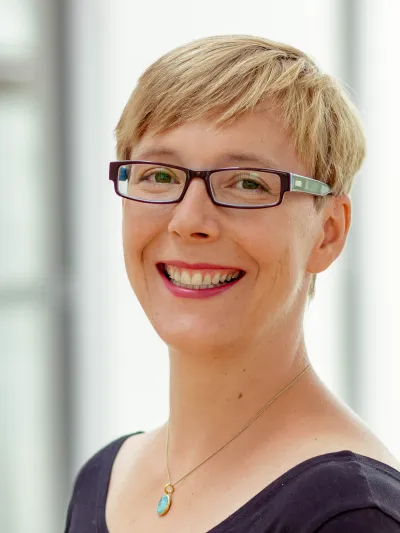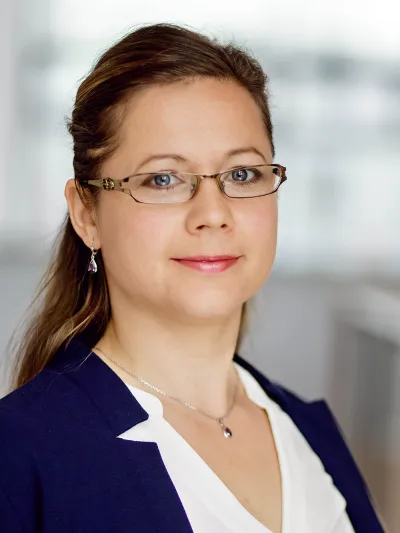FUX-XR@FH;P: Extended Reality (XR)
The aim of the project, which is funded by the European Regional Development Fund, is to bring together virtual and real environments.

The aim of the FUX-XR@FH;P project, co-financed by the European Regional Development Fund (ERDF), is to build an XR infrastructure that combines virtual and real-world environments and realities. The "X" can be seen as a placeholder for V(R), A(R) or M(R). XR covers the hardware, software, processes and experiences that make virtual reality, mixed reality, augmented reality, cinematic reality and others real. The infrastructure procured under the measure is intended to enable the design and evaluation of XR technologies for different application scenarios and thematic orientations.
The increasing digitalisation of society and social spaces also increases the importance of augmented and virtual realities for applied research. XR settings can be used to create hybrid spaces that can be controlled and manipulated. These combine digital and physical elements and enable new dimensions of immersive communication and mediation of complex issues in combination with digitally augmented interactions. The observation and evaluation of such XR actions by means of bio- and neurosensor technology as well as eye-tracking and their reflection to the interactors via interactive visualisation enables precise testing of methods and tools under development in cooperation with the users.
The XR infrastructure has a modular structure and can be handled flexibly. It is suitable for botḧfor large-format stationary as well as for̈for mobile use. The technology and materials are integrated into the existing labs at the FH Potsdam (e.g. IDL) and in the presence centre in Luckenwalde. Examples of the use of virtual reality devices in the field of human-computer interaction can be explored on the pages of the Interface Workshop of of the Design Department.
Hopohopo - an interactive story about social phobia in VR
The VR application "Hopohopo" comprises an interactive story that aims to raise awareness of the topic of social phobia. The VR application was designed together with people affected by social phobia as part of the BMBF-funded research project "DISA – Digitale Inklusion im Kontext Sozialer Angststörungen". The aim is to make it easier to understand how affected people feel in anxiety situations through visual, acoustic or haptic stimuli. VR glasses and controllers are used to accompany a fictitious person with social anxiety in everyday situations and give an impression of how much space anxiety and dealing with anxiety-provoking situations take up in everyday life. People with social anxiety can benefit from using such applications to inform those close to them comprehensively about social anxiety, because stigmatising and false basic assumptions can be questioned in this way.






